AeroGarden is a line of self-contained indoor gardening systems designed for easy, low-maintenance growing of herbs, salad greens, and other plants. Each Aerogarden includes an LED plant light, a water tank with a pump, and slots to hold proprietary “plant pods” (containing a growing medium and seeds).
To use an Aero Garden, start by filling the water tank, adding the included liquid fertilizer, inserting the plant pods, and then plugging the cord in to turn on the plant light and the water pump. Most seed pods germinate in a week or two and are ready for harvest within 1-3 months.
AeroGarden review
The AeroGarden is an industry-leading automated home smart garden. Aerogarden units are self-contained hydroponic growing systems that include a water tank and plant light to enable the tidy indoor growing of a variety of plants from seed. AeroGardens are among the most popular consumer smart gardens available in the marketplace today.
The main lower body of the AeroGarden is a water tank. The “grow deck” sits on top of the water tank and is essentially a flat piece of plastic with round holes that hold up plant pods, allowing them to sit suspended over the water tank (with the growing “sponge” submerged in water). AeroGardens also include an LED plant light over the grow deck, which can be adjusted to sit higher as the plants grow.
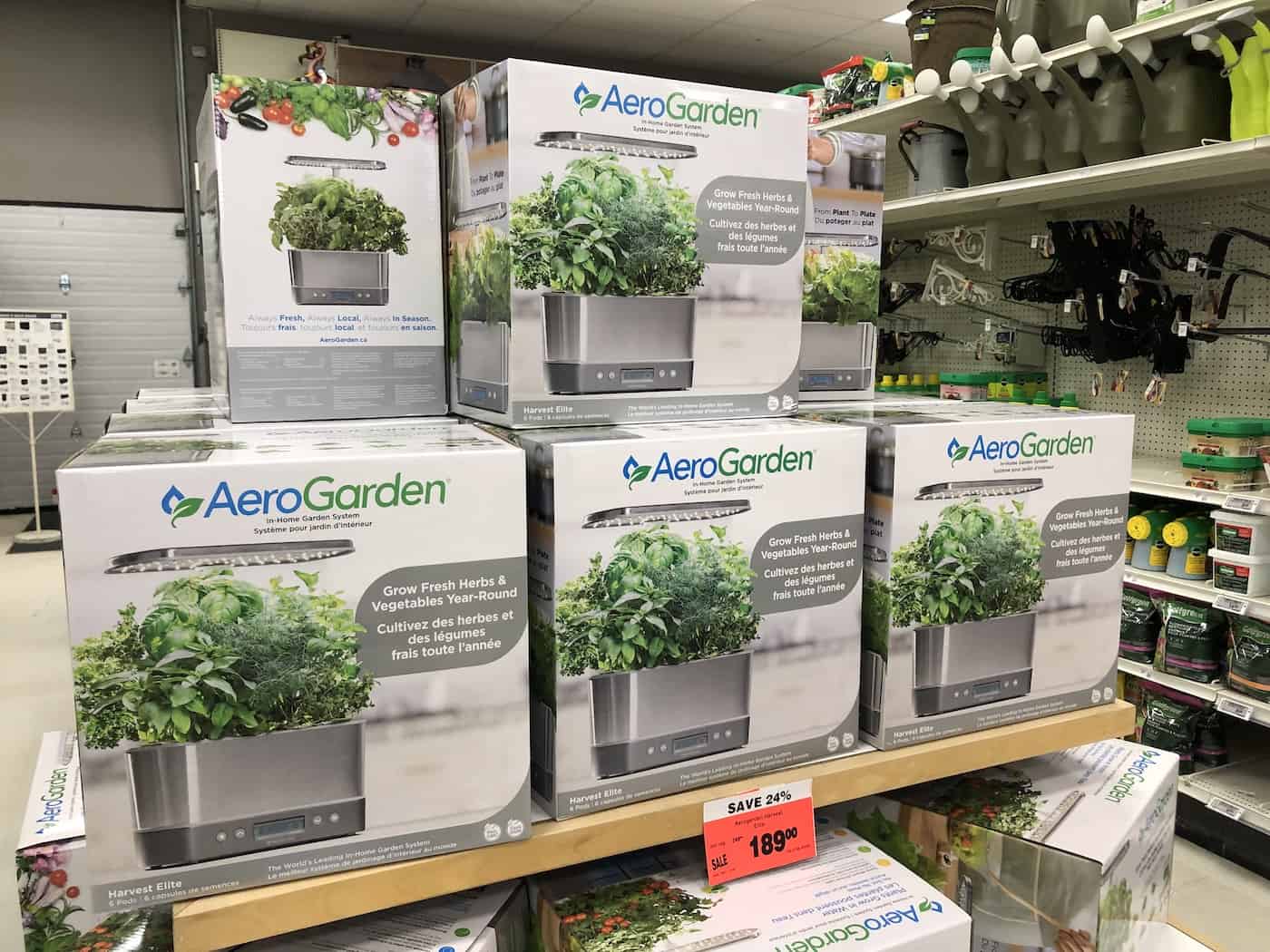
Best AeroGarden models (and which one to pick!)
There are several different Aerogarden models available. The smallest model, Sprout, holds three plant pods and has no screen. The largest model, Farm, holds 12 plant pods and has a digital control display screen. The popular Harvest base models hold six plant pods and have buttons rather than a screen, while the Elite-level versions of the Harvest have control screens. All the 9-pod Bounty models have screen displays.
Here is a list of popular AeroGarden models available to help you choose the best Aerogarden for you:
- AeroGarden Sprout (3 Plant Pods) – Most compact model
- AeroGarden Harvest (6 Plant Pods) – Most popular model, very cost-effective to run
- AeroGarden Harvest 360 (6 Plant Pods) – Rounded water tank
- AeroGarden Harvest Elite 360 (6 Plant Pods) – Rounded water tank, includes screen
- AeroGarden Harvest Elite Slim (6 Plant Pods) – Skinny linear water tank, includes screen
- AeroGarden Bounty (9 Plant Pods) – Base 9-pod model
- AeroGarden Bounty Elite (9 Plant Pods) – Stronger plant light, more colors available
- AeroGarden Bounty Elite Artisan (9 Plant Pods) – Stronger plant light, ceramic bowl, more colors available
- AeroGarden Farm Twelve (12 Plant Pods) – Original high-capacity model
- AeroGarden Farm Twelve XL (12 Plant Pods) – Taller than the original 12-pod model
- AeroGarden Farm Twenty-Four Plus (24 Plant Pods) – Base 24-pod model
- AeroGarden Farm Twenty-Four XL (24 Plant Pods) – Extra-Tall 24-pod model
Have a look at the various models above to compare the capacity, plant light strength, available colors/finishes, and shapes of the different AeroGardens available to help choose which one is best for your home.
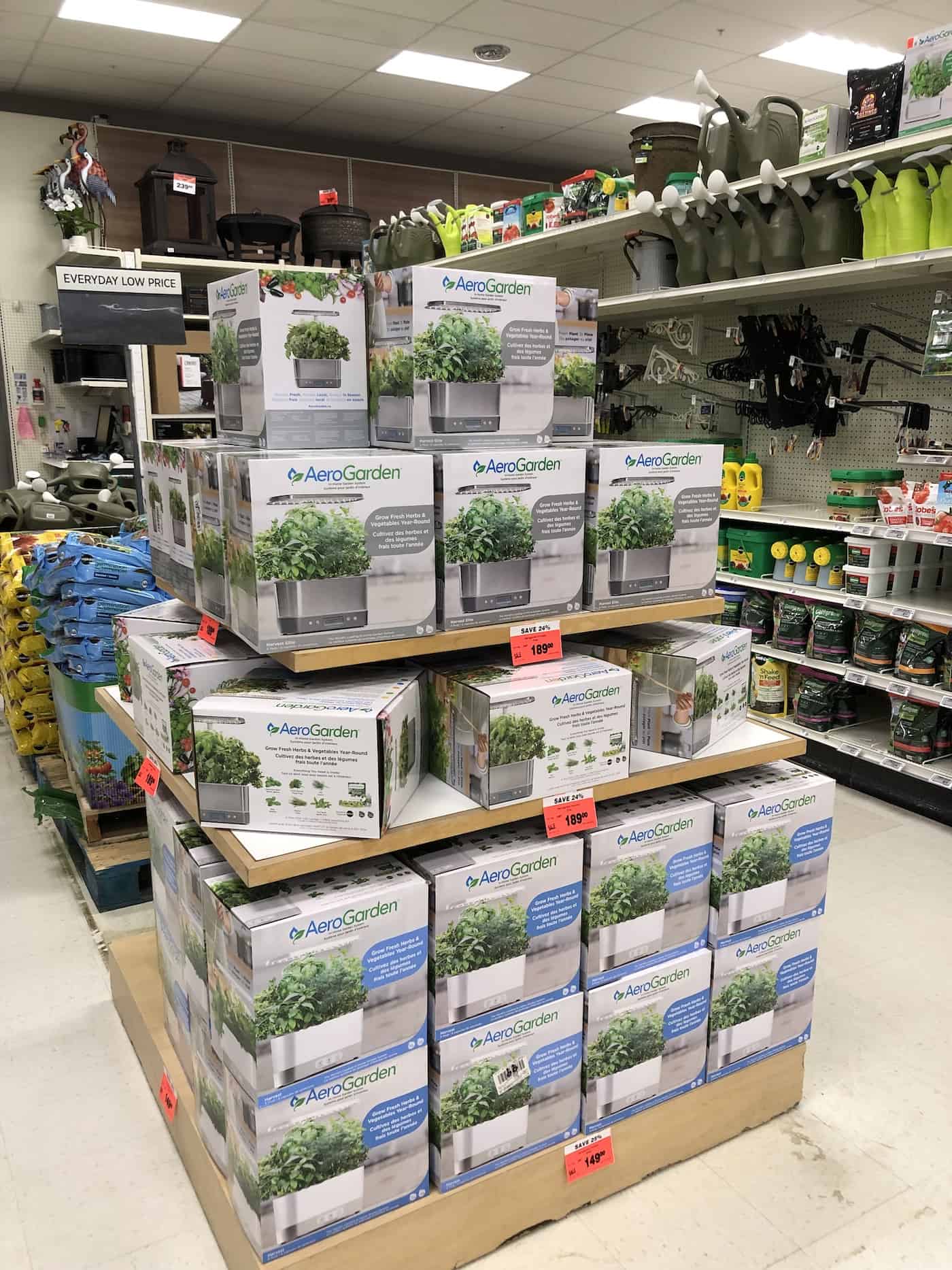
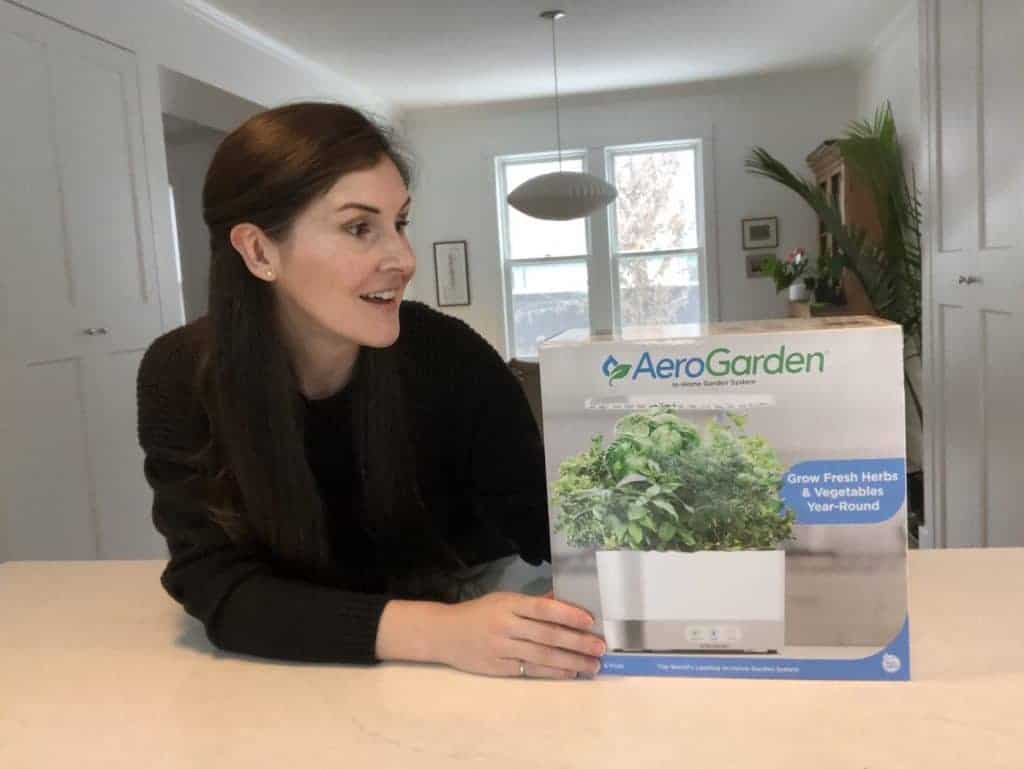
How does AeroGarden work?
AeroGardens are small self-contained hydroponic growing appliance systems. They work by combining a water tank with an electrical pump and an overhead plant light to simulate outdoor growing conditions. Gardeners fill the tank with clean water and a small amount of liquid plant fertilizer. Then the top “grow deck” is placed on top of the water tank, and the “plant pods” are popped into the holes in the grow deck. The plant pods are simply a peat-based growing medium surrounding ready-to-grow seeds. Once the AeroGarden is assembled, plugging the appliance in will activate the plant light (which runs on an automated timer) and set the pump to run intermittently.
Is the AeroGarden worth it?
AeroGarden is worth the cost for purchasers who are looking for an indoor growing solution that is easy to use and relatively foolproof. It’s perfect for new gardeners and experienced growers who don’t want to spend a lot of time or countertop space to build a DIY hydroponic setup. While there are certainly much cheaper options for growing plants indoors, the AeroGarden is the best way for consistent results with a minimum amount of effort. Growers who want to produce large amounts of plants may consider a larger-scale hydroponic option.
Always check different retailers to get up-to-date prices on the AeroGarden you’re considering. You can buy AeroGardens directly from the manufacturer and from many online and brick-and-mortar stores. Here are some good places to check AeroGarden prices:
- AeroGarden Manufacturer’s Website
- Online Marketplace (great for prime shipping)
- Home Depot AeroGardens (Online & In Store)
- Target – Aero Garden (smaller units only)
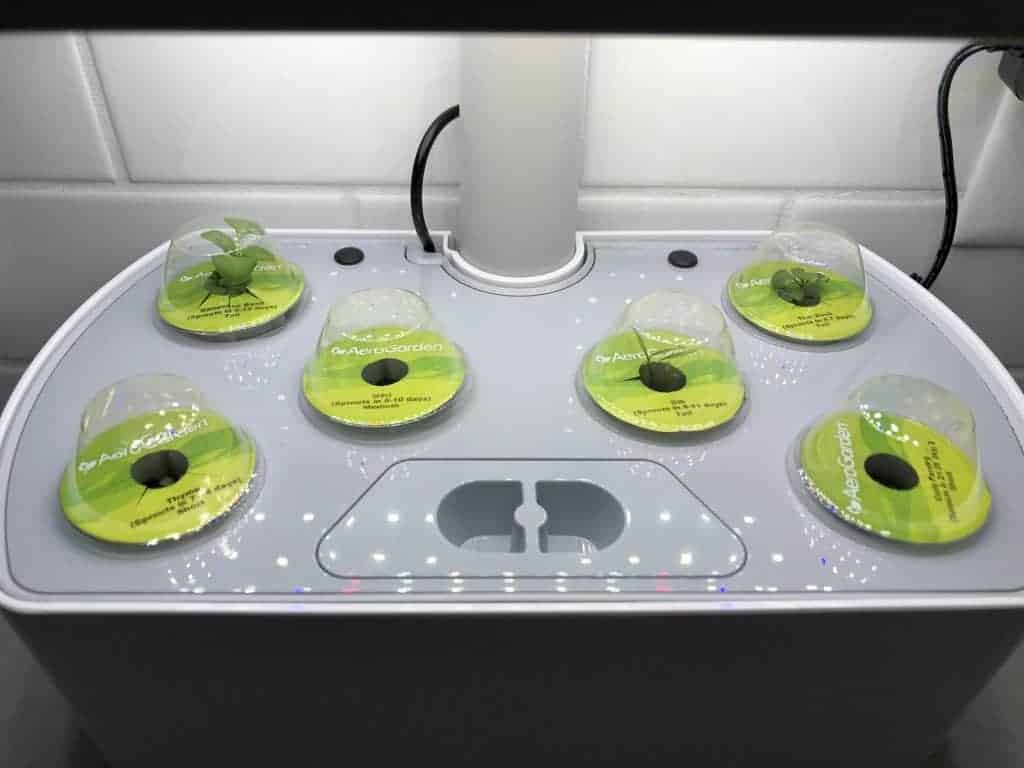
What grows best in AeroGarden?
The best plants to grow in AeroGardens tend to be herbs and leafy salad greens. These plants, as well as other crops with a short duration from seed germination to harvest, are very well suited to the AeroGarden. The smart garden provides optimal conditions for germination and growth for the first few months, after which time the plants can be harvested or transplanted. The AeroGarden is also very good for growing seedling transplants (especially for plants with seeds that can be difficult to germinate). Here is an article all about AeroGarden pods to choose from.
AeroGarden is not as well suited to growing root crops, where the vegetable to be harvested is grown below the ground. AeroGarden is also not as well suited to growing edible plants that take more than 2-3 months after seed germination to get to harvest time, as the system is simply not large enough to accommodate the size of full-grown plants. That said, AeroGardens can be used as indoor seed-starting systems for larger crops and for hard-to-germinate perennial plants (as long as the seedlings are transplanted outdoors when possible).
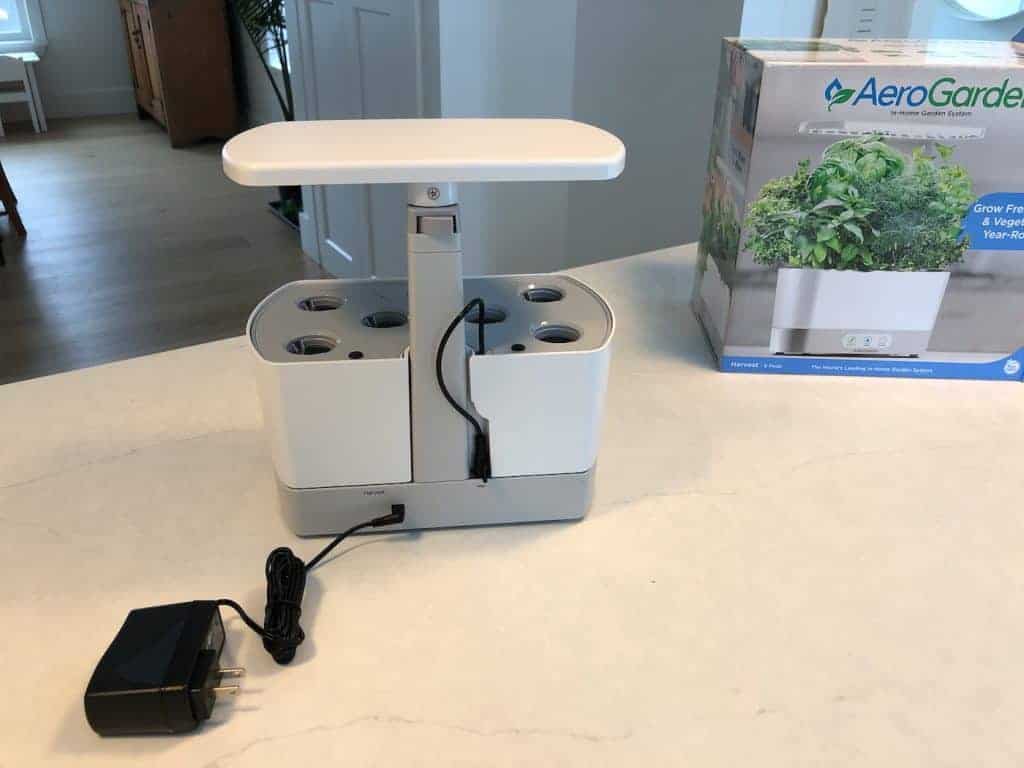
How much does it cost to run an AeroGarden?
AeroGardens are generally cost-effective to run in terms of operational electricity cost. The cost depends on the wattage of the overhead plant light and the electricity required for the water pump inside the tank. The cost also depends on utility rates in a given region (if connected to grid power).
The small 3-pod Sprout model (10W LED grow light (not dimmable), no touch screen, 12Vdc/2.5A input) is estimated to use an average of 13 watts per month to power its plant light and water pump. Given a slightly below-average utility cost of 11¢ Per kW/hour, this small AeroGarden is estimated to cost $0.75 per month. That system cost translates to an average of 25¢ per plant to grow in the AeroGarden Sprout each month.
The popular Harvest AeroGarden (20W LED grow light) is estimated to use 23 watts on average each month (light & pump). This wattage costs $1.33 per month (given a utility cost of 11¢ Per kW/hour). As this model has six pods, each plant costs about 22¢ to grow each month in the AeroGarden Harvest.
The AeroGarden Bounty (40W LED grow light) is estimated to use 48 watts of power per month, for an operational cost of cost about $2.78 per month. This 9-pod smart garden, therefore, costs about 31¢ per plant each month to operate. Elite models with higher-power 50W plant lights can be expected to cost proportionally more than the base model.
The AeroGarden Farm (60W dimmable LED grow light) uses a (noticeably higher) average of 126 watts of power each month. This works out to a cost of $7.30 per month to operate the 12-pod unit (61¢ per plant pod). The twenty-four pod units are essentially a double-wide version of the base Farm model and would therefore cost about twice as much to run as the 12-pod Farm.
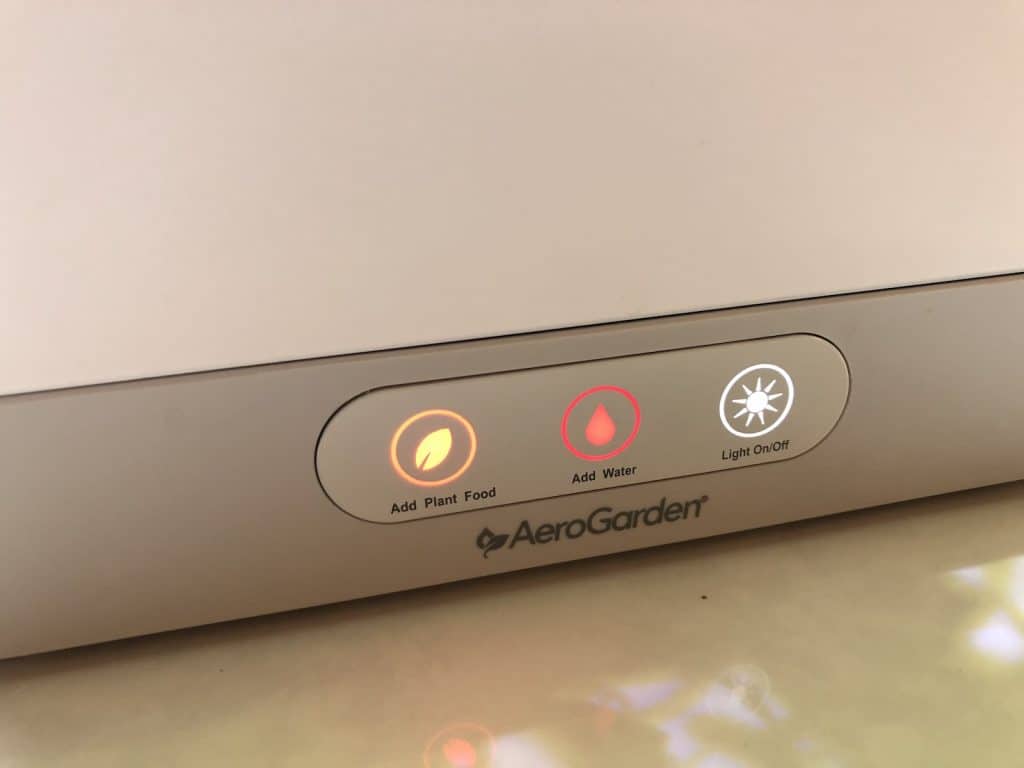
Is AeroGarden organic?
AeroGarden seeds and plant fertilizer nutrients are not listed as approved by the Organic Materials Review Institute but may well be more naturally sourced than many other hydroponic growing systems.
Some garden seeds are sold as certified organic. These seeds have been raised on a seed farm with organic certification. Plant seeds may also be grown on a non-certified farm but can still be used in organic gardening in many situations (given no synthetic additives are used). This includes heirloom seeds from small farmers or from other countries with different organic certification systems.
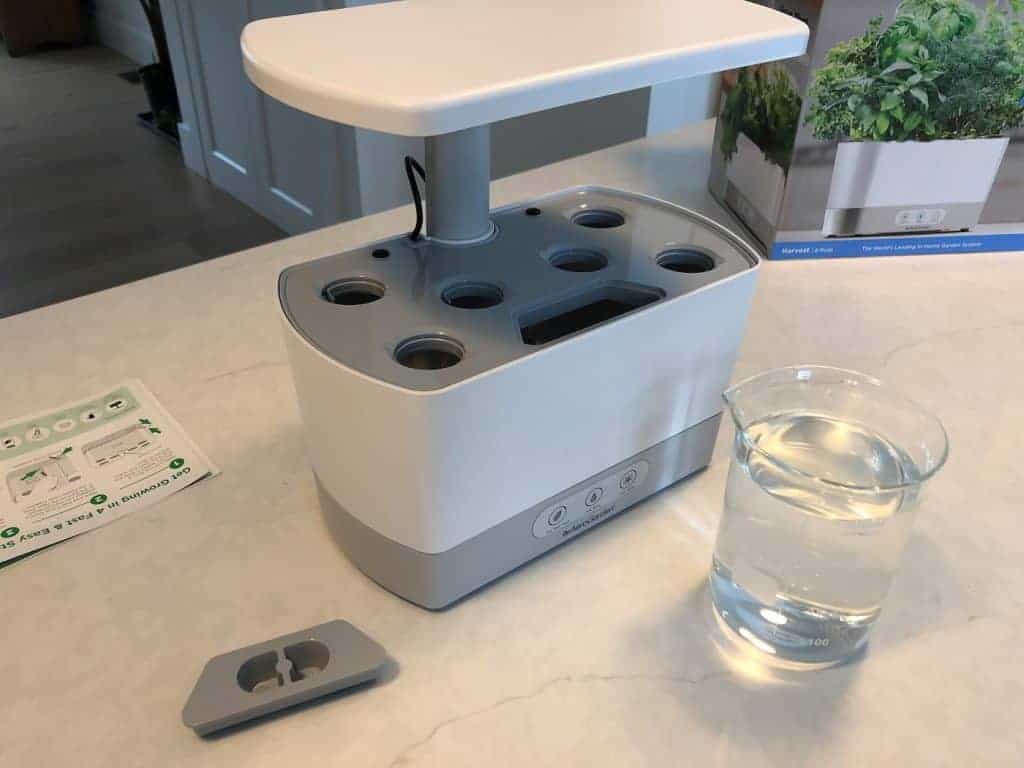
AeroGarden plant fertilizer is a fast-acting liquid nutrient solution created from mineral salts. While the formula is not organic, it does not contain harmful pesticides or herbicides. Mineral salt fertilizers can cause environmental groundwater pollution when applied in excess outdoors but can also be used responsibly in self-contained, indoor hydroponic systems.
Organic plant fertilizers are typically sourced from raw, naturally occurring materials, including rocks, manure, feathers, and other animal byproducts. Many organic fertilizers are brown and sometimes have an unpleasant odor. Synthetic fertilizers created in factories from chemical feedstock (like natural gas and other petroleum products) are typically not approved for use in organic growing. Synthetic fertilizers are often (but not always) bright colors and low odor.


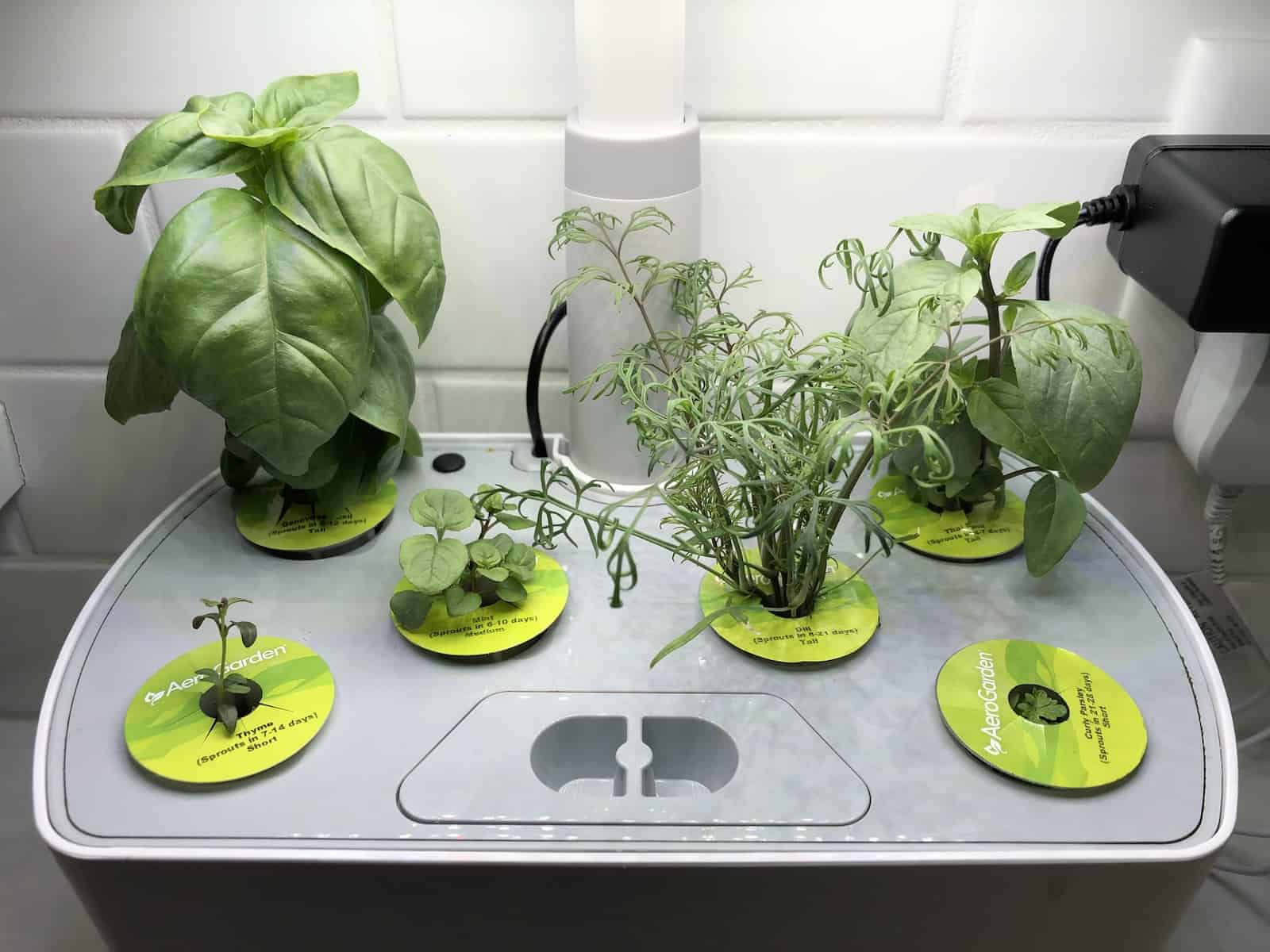
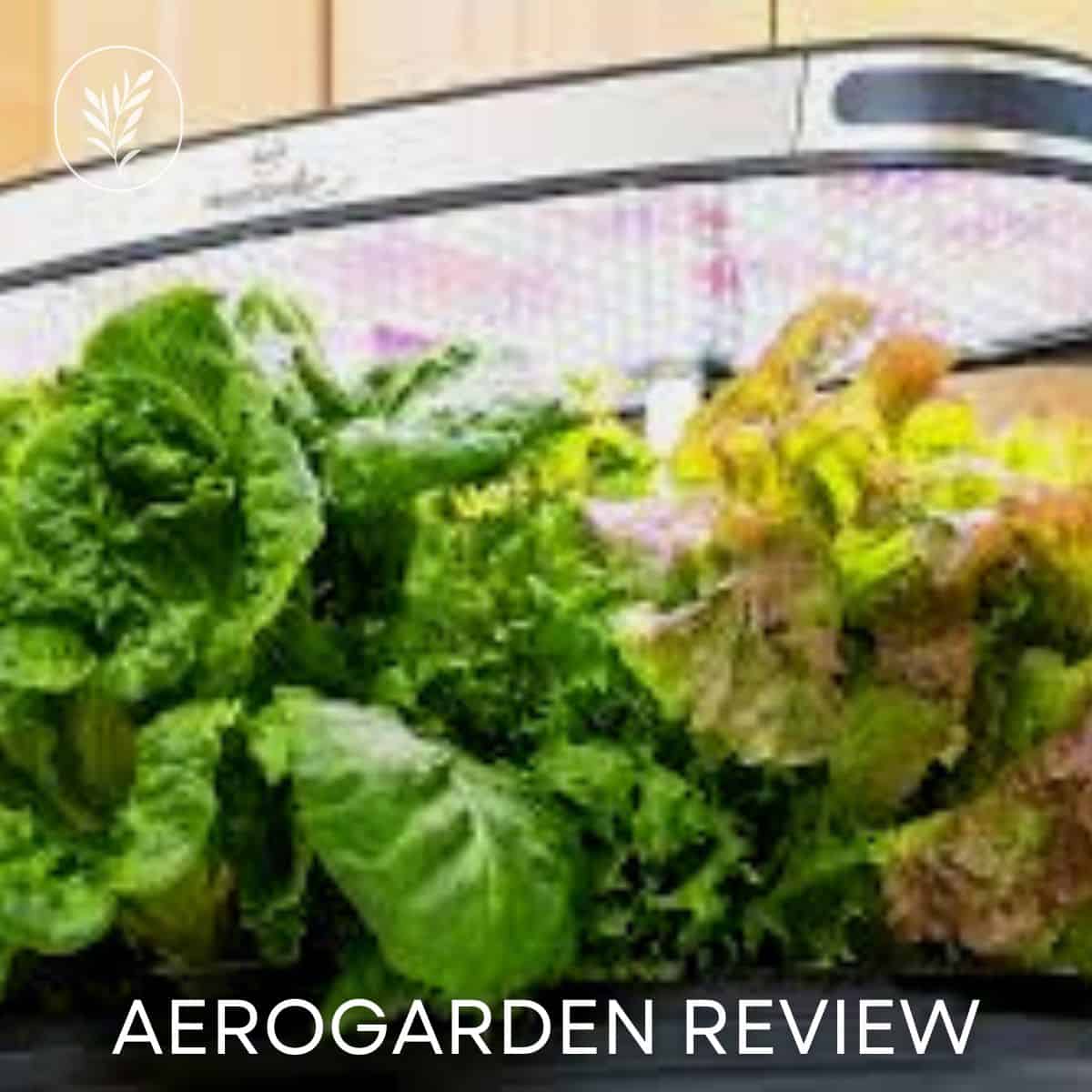
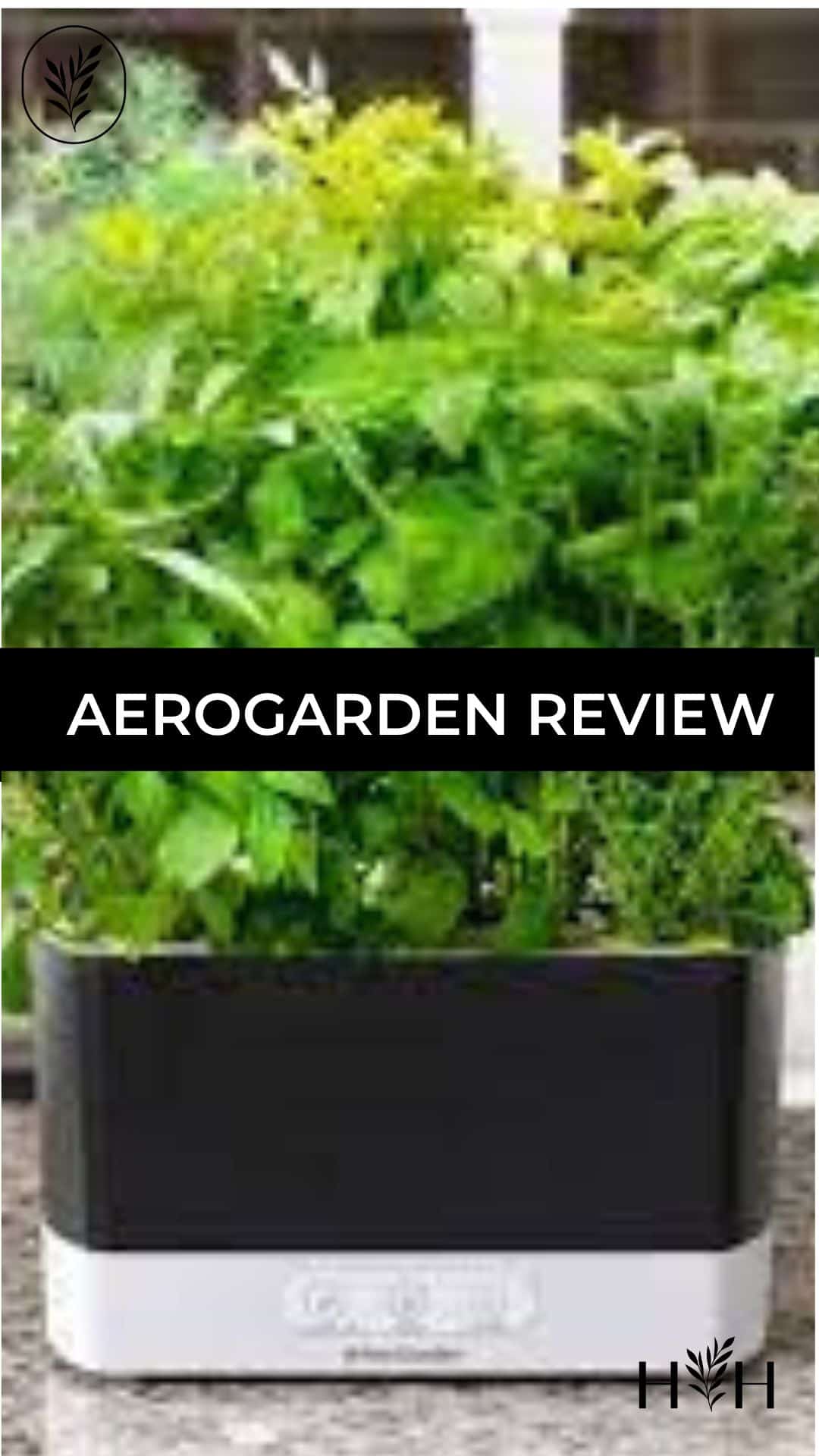
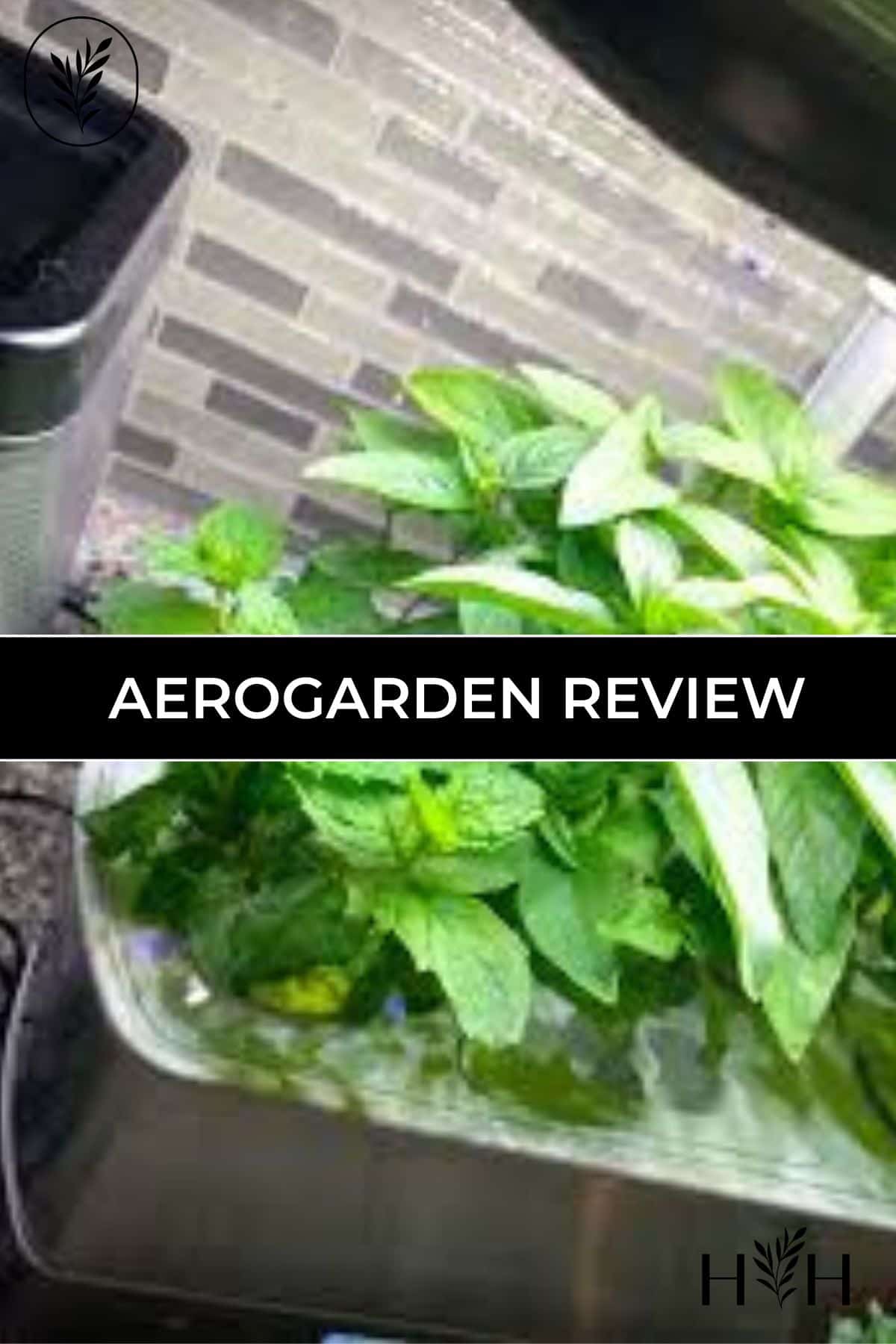
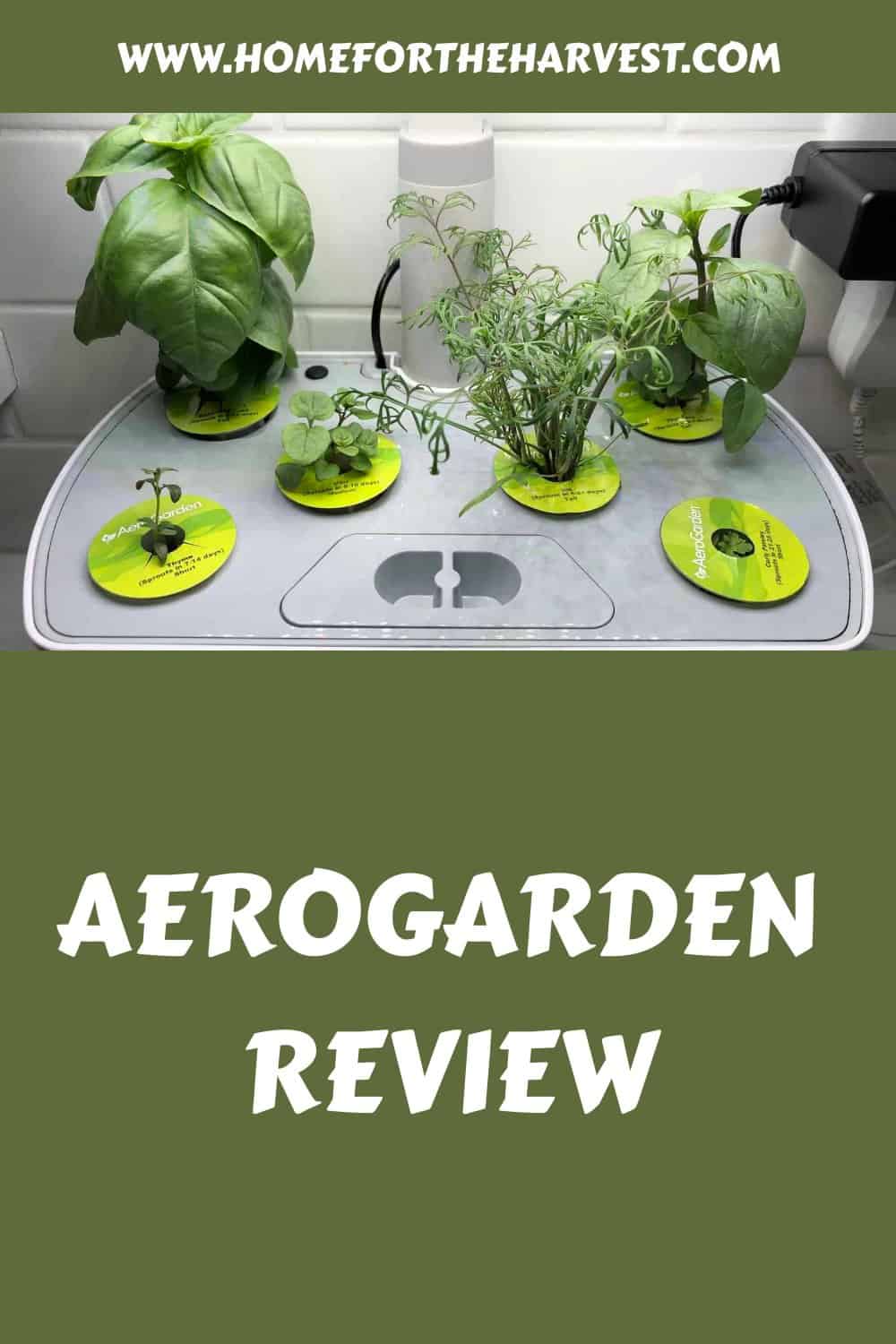

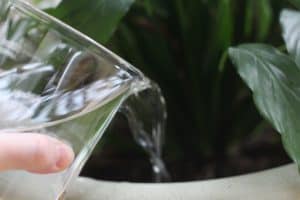
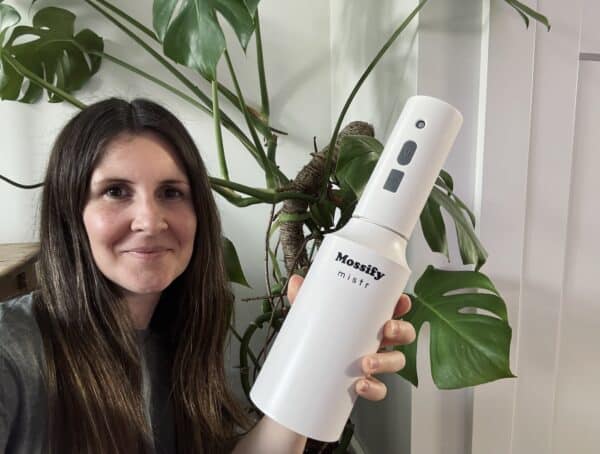

My Aerogarden Harvest Elite has a defective design that caused the electrical panel to short out. The panel is placed right below where the water is added. I was willing to replace but was hoping for some small credit as a show of good faith – and that was a joke! Their customer service modus operandi is to rope-a-dope their customers. First, they had me take pictures, videos, order confirmation numbers, model #s – on and on. They were hoping I’d give up. Ok, I send them all of this useless information. Of course, there is no phone number listed anywhere for help. Even Amazon lists their phone number!! Next, they pretend to offer me a “credit” towards the purchase of a new unit and the credit was only the coupon code blasted all over their website. My advice is: Run, don’t walk away from Aerogarden. The customer service is horrendous. I’m going back to Rise Gardens and/Inbloom. Shame on you Aerogarden.
That’s good to know – thanks so much Steven for sharing!
This is a very comprehensive and helpful review of the AeroGarden. I have been curious about this indoor gardening system for a while, and your article answered many of my questions. I like how you explained the different models, the pros and cons, and the tips for growing various plants. I am especially interested in growing herbs and tomatoes in my AeroGarden. Do you have any suggestions for the best herb and tomato varieties to grow indoors? Thank you for sharing your knowledge and experience with us.
Thanks! I’ve had success with both Tiny Tim tomatoes and Orange Hat tomatoes. Both plants grow in a very compact manner (more so than the varieties that come pre-seeded). As for herbs, basil is still my fave. There seem to be dozens of different varieties, and they’ve all worked well. Good luck Anna with your indoor gardening!